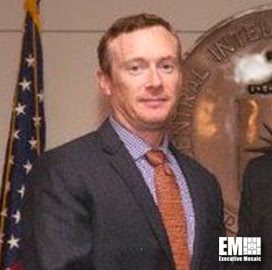Military technology professionals said service branches seeking to field artificial intelligence-based systems on the battlefield should not only address issues related to software coding and database development but also the challenge of deploying “edge computing,” FedScoop reported Friday.
“It is great to see a lot of the commercial industries pushing their AI products to be able to work in edge-type environments,” Brig. Gen. Matt Easley, AI task force lead at the U.S. Army, said at a virtual summit.
The Army is advancing the development of augmented reality goggles and Easley said that integrating small computing systems into headsets that can show motion graphics could support warfighters on the battlefield.
The military should also consider mobile power sources and other IT requirements to advance edge computing.
"When we talk about edge systems, we invariably have to think about size, weight and power and communications," said Hans Cho, a staff scientist at the Naval Research Lab. "The commercially available systems are always invariably tethered. … That puts an incredible burden on the system."






